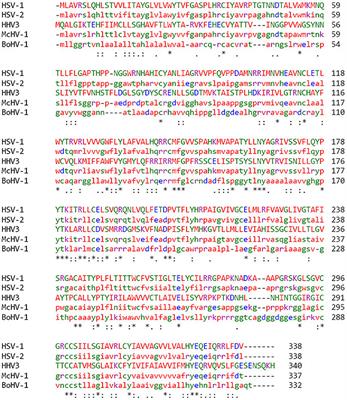MINI REVIEW
Published on 10 Jun 2019
Subversion of Immune Response by Human Cytomegalovirus

doi 10.3389/fimmu.2019.01155
- 11,958 views
- 57 citations
18k
Total downloads
204k
Total views and downloads
MINI REVIEW
Published on 10 Jun 2019

MINI REVIEW
Published on 07 May 2019

REVIEW
Published on 11 Apr 2019

ORIGINAL RESEARCH
Published on 20 Mar 2019

REVIEW
Published on 19 Mar 2019
REVIEW
Published on 06 Mar 2019

ORIGINAL RESEARCH
Published on 26 Feb 2019

ORIGINAL RESEARCH
Published on 19 Dec 2018

ORIGINAL RESEARCH
Published on 17 Dec 2018

REVIEW
Published on 07 Dec 2018
